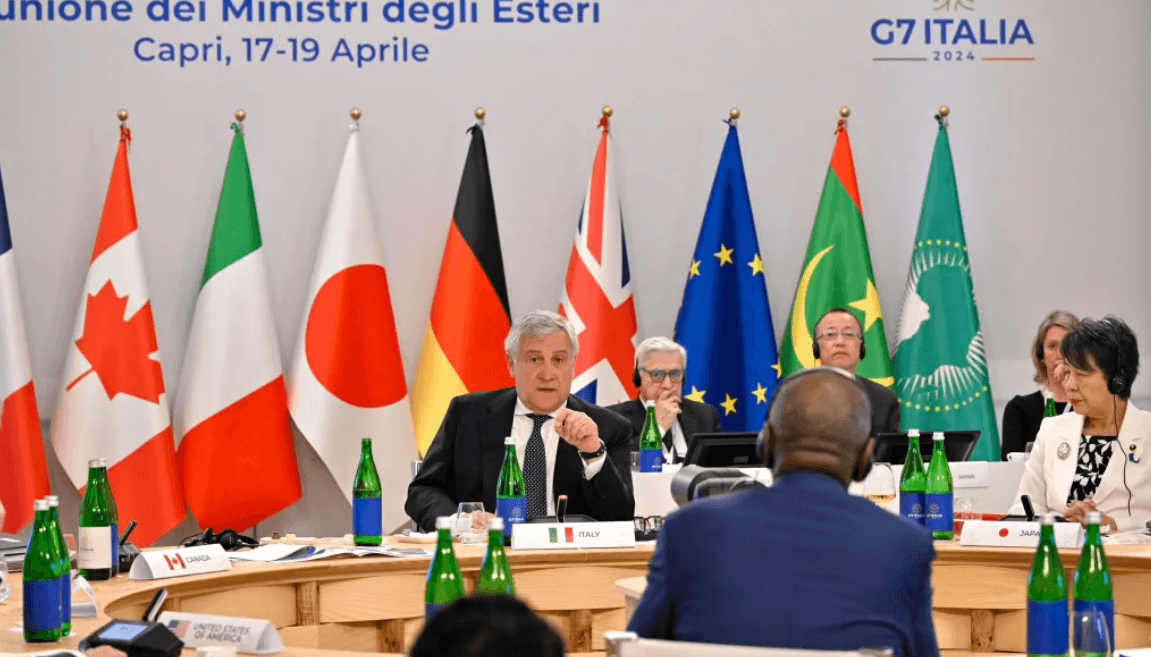New report shows EU collective ODA increases, Commissioner Piebalgs calls for more
Although the European Union and its Member States continued to be the world’s largest aid donor in 2013, EU Commissioner for Development Andris Piebalgs called on Member States to intensify efforts to increase development aid.
According to the Organization for Economic Co-Operation and Development (OECD), the EU is the world’s largest donor in 2013 providing more than half of the Official Development Assistance (ODA).
Figures published today show that EU collective ODA (EU institutions and Member States) increased from €55.3 billion in 2012 to €56.5 billion in 2013, after two consecutive years of decline. However, EU’s collective ODA remained at 0.43% of its Gross National Income (GNI), same level as the year before.
“I am glad to see that the recent decline in ODA spending seems to have been reversed and we are seeing a positive trend again,” said Commissioner Piebalgs, “Clearly, the EU still has a long way to go to meet our collective commitment, but measures taken by some Member States show that we can deliver on our promises, even in difficult budgetary circumstances, provided the political will is there.”
According to a statement from the EU, ten Member States increased and 8 maintained their ODA/GNI levels, while another 10 Member States reduced their effort. However, the UK became one of the four EU countries to exceed its target by reaching 0.72%, exceeding its 0.7% target for the first time.
The other countries are Denmark, Luxembourg and Sweden. Denmark aims to reach 1% of GNI, which Luxembourg and Sweden already achieved in 2013.
In total, 16 Member States increased their ODA nominally by €3.91 billion, while the decreases in the 12 others amounted to €1.22 billion. Reaching the target of 0.7% of EU collective GNI by 2015 would require a very substantial effort by most Member States, the EU said.
In 2005, EU Member States pledged to increase Official Development Assistance (ODA) to 0.7% of Gross National Income (GNI) by 2015 and included an interim target of 0.56% ODA/GNI by 2010. No other major donor has made such a significant commitment to increasing aid.
From 2002 to 2010, EU ODA followed an overall upward trend, with some fluctuations. After decreases in 2011 and 2012, the positive trend has resumed in 2013.
The pledge is based on individual targets of 0.7% ODA/GNI for the 15 countries which were EU members before 2004 and 0.33% GNI for the Member States which joined the EU after that. Countries that were already at or above 0.7% ODA/GNI pledged to sustain their efforts. The data published today is based on preliminary information reported by the EU Member States to the OECD and to the EU Commission.
EU collective ODA consists of the total ODA spending of the 28 EU Member States and the ODA of EU institutions not attributed to individual Member States (i.e. own resources of the European Investment Bank), according to the statement from the EU.







